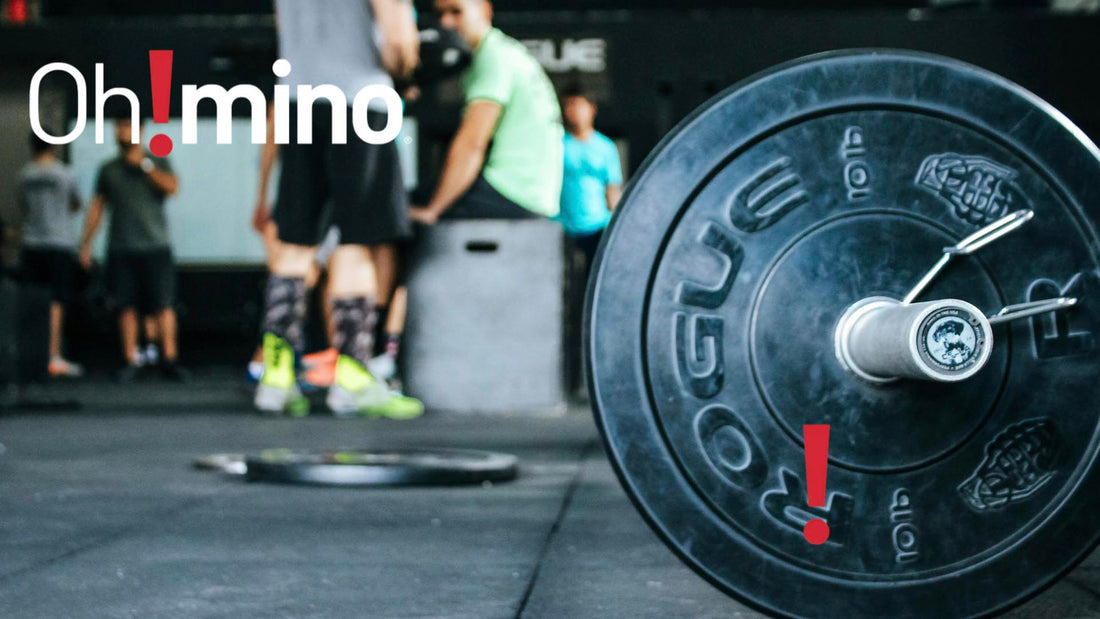Ever think you've got to live in the gym to get fit, stick to one workout to see results, or need fancy equipment to reach your goals?
Think again!
This blog is here to bust those myths wide open and show you a different way to think about fitness.
We're challenging the old-school rules and bringing in some new, eye-opening ideas that prove there's more than one way to build your ultimate fitness routine. Let's debunk some fitness myths together and find a fresher, more personal way to stay active.
Myth 1: More Is Always Better
It's a common misconception that the more time you spend working out, the fitter you'll become.
However, the key to an effective fitness routine is not the duration but the quality of your workouts.
Integrating high-intensity interval training (HIIT) can yield better results in a fraction of the time compared to long, moderate sessions.
This approach not only saves time but also keeps your workouts diverse and engaging.
Myth 2: Stick to One Type of Exercise for Best Results
While specializing might seem like the best way to improve in a specific area, cross-training is actually more effective for overall fitness.
Mixing different types of exercise—strength, endurance, flexibility, and balance—into your routine prevents overuse injuries, improves overall athletic performance, and keeps boredom at bay.
For instance, a runner can benefit greatly from yoga, which enhances flexibility and mental focus, or from strength training, which builds muscle to support longer runs.
Myth 3: You Need a Gym Membership to Stay Fit
In today’s world, staying fit doesn't necessarily mean hitting the gym.
With a bit of creativity, your workout can happen anywhere.
Bodyweight exercises, outdoor runs, park bench step-ups, or even gardening and house chores can contribute to your fitness.
This approach not only makes fitness more accessible and sustainable but also encourages a more active lifestyle overall.
Myth 4: Fitness Routines Should Be Rigid and Structured
While having a structured routine can help, it’s crucial to listen to your body and be flexible.
Some days, your body might need rest or a gentler form of exercise, like stretching or a walk, instead of an intense workout.
Incorporating intuitive exercise into your routine ensures you're giving your body what it needs, reducing the risk of burnout and injury.
Myth 5: Fitness Is All About Physical Health
An often-overlooked aspect of fitness routines is their impact on mental health.
Integrating mindfulness practices, such as meditation or breathing exercises before or after workouts, can enhance focus, reduce stress, and improve recovery times.
Viewing your fitness routine as a holistic practice that supports both your physical and mental health can lead to more balanced and sustained well-being.
---
To construct your ultimate fitness routine, start by shedding preconceived notions about what fitness looks like.
Embrace a quality-over-quantity approach, diversify your training, find fitness opportunities in everyday life, adapt to your body's needs, and remember the mental component of physical activity.
This mindset not only challenges the status quo but also paves the way for a more personalized, enjoyable, and sustainable fitness journey.
Remember, the ultimate fitness routine is one that you can maintain consistently, brings you joy, and supports your overall well-being.
By embracing these contrarian views, you're not just following a routine; you're crafting a lifestyle.

